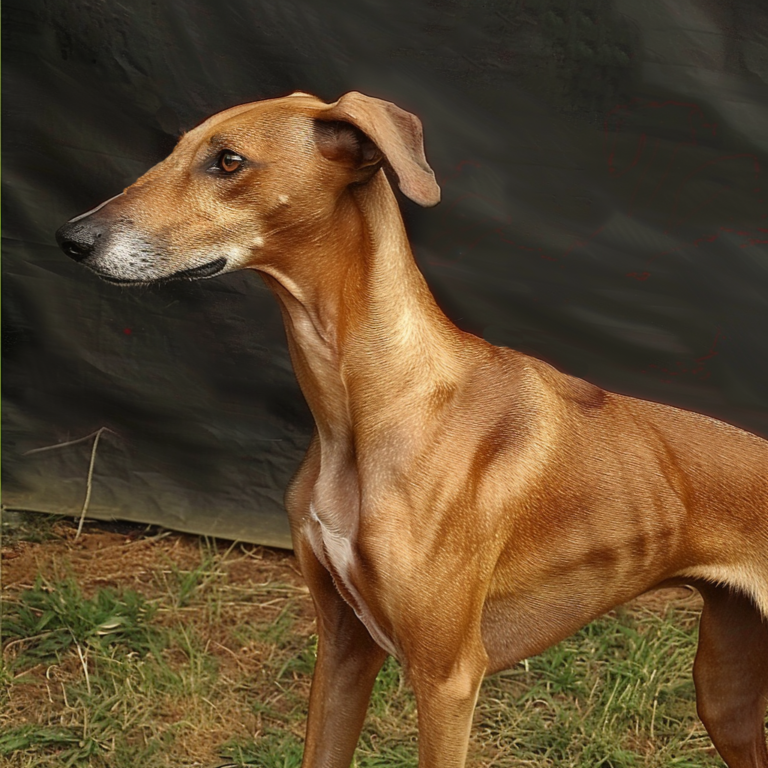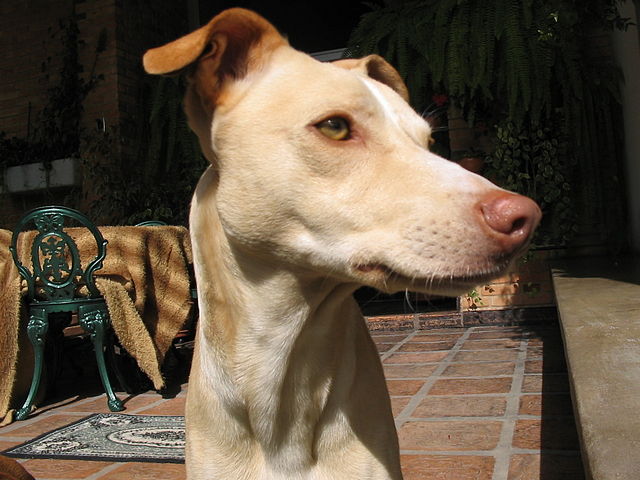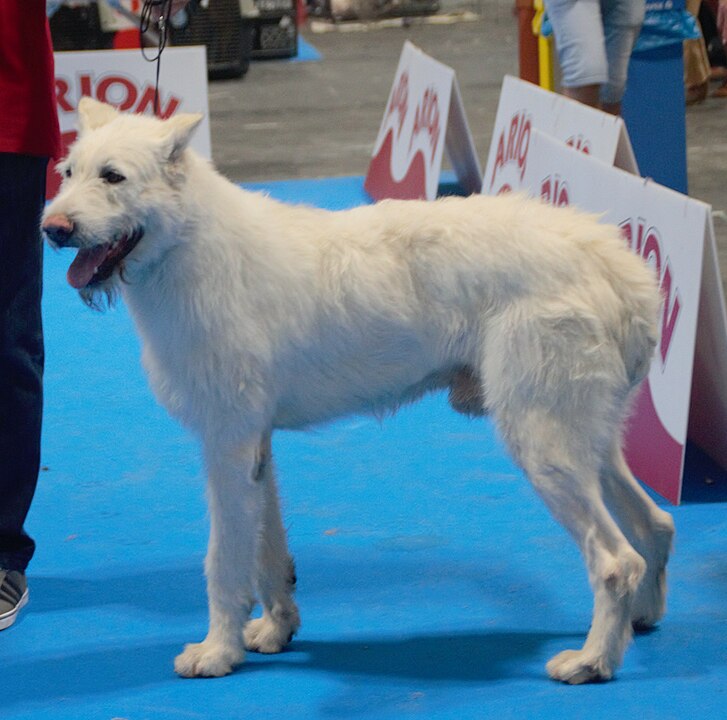The Italian Greyhound is a sighthound in miniature, possessing the same high prey drive as his larger cousins but in a much smaller frame. Iggies, as they are affectionately known, are sweet and gentle pets that require a few special considerations. For example, their tiny legs are prone to break more easily than other dogs so they must be handled with care. It is for this reason that they are not a good match for someone with young (or rowdy) children, or with large (or rowdy) dogs in the household. They also tend to get cold easily and will require coats or sweaters on cold days. When it’s wet outside, they may insist on staying in the house where it’s dry! Finally, the breed is notoriously difficult to housebreak.
Shedding very little and having practically no doggy odor, Iggies make good companions for those who like clean houses. Their smooth coat requires very little grooming, with only the occasional short bath and minimal brushing. Like many small breeds, their anal glands may need to be expressed on a regular basis which can be done at home or at the groomers. Teeth are another area of concern – smaller breeds tend to have more dental issues which means extra care should be devoted to brushing daily. Finally, keeping the nails trimmed and ears clean are necessary routine items to be done. None of these things should take very long, especially when done on a scheduled basis – which makes the Iggy one of the easiest breeds to groom!
If looking for an Italian Greyhound, great care should be taken on selecting a breeder. There are unfortunately a number of health problems in the breed such as autoimmune disease, seizures disorders, and PRA (an eye disorder). Responsible breeders do health testing to try to minimize the risk of their puppies inheriting these conditions, in contrast to a puppy miller or uneducated ” backyard breeder”. You will be upping your chances of getting a healthy puppy as long as you buy from someone who health-tests. This said, be aware that it is impossible to completely eradicate health issues from any breeding line. A breeder can only minimize the risks. When all is said and done, however – many Iggies live to be 15 or even longer!
IGs are very submissive and sensitive in nature. Although they will bark when they hear something strange near the house, they have no guarding abilities. Many of them are downright timid with strangers or in new situations. Most are happiest at home with their owners, snuggled up on the couch or under the covers of the bed. Adoring of their owners, they prefer to be with their favorite person as much as possible, and often as close as possible (some people find this amount of attention overwhelming)! Even though they are athletic and playful, they are not into big crowds or loud outings. They work best with owners who are also home-bodies, and who do not work long hours every day.
The Italian Greyhound is known for being intelligent and even manipulative at times. He craves attention and when he doesn’t get it, can get into all sorts of trouble. For this reason, obedience training is a necessity! Not only will it give him attention in a constructive way, but it will also teach him rules and boundaries. Keep in mind that these tiny sighthounds tend to have short attention spans and don’t like a lot of repetition in their lessons. They also do not respond well when the trainer is heavy-handed, and do much better with lots of encouragement and only light corrections when needed.
Iggies have a powerful chase instinct. They love to sprint after (and kill, if possible) small animals whether it be lizards, rabbits or even birds! This prey drive combined with their powerful athleticism makes them able to scale 6 foot fences in pursuit of their prey. They must always be kept inside a securely fenced yard (escape-proofed as much as possible) or kept on a leash when out in public. In the house, their agile bodies are also able to easily leap on top of countertops and other out-of-reach areas, and their thin frames allow them to squeeze through narrow openings (like partially open doors). An owner should be able to keep up with their shenanigans, and stay on top of any bad behavior with training.
Italian Greyhounds do have a fair amount of energy, especially when young. This is very different from other sighthound breeds who are much more low-key. They need time to race around the backyard on a daily basis – as sprinting is often their “exercise of choice”. As they mature they won’t be as energetic and will usually adapt to their owner’s energy level, but younger puppies and adolescent dogs can test an owner’s patience with their constant liveliness. Friendly and happy with other dogs of their own size, multiple Italian Greyhounds can play and exercise each other, although they must have a long walk every day as well.




